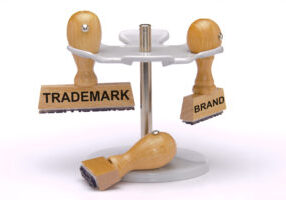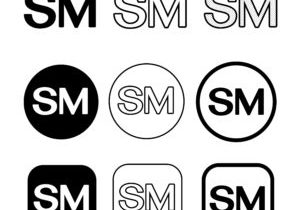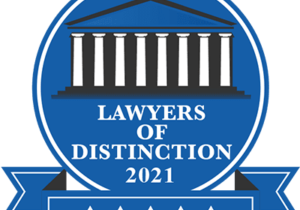NON-DISCLOSURE AGREEMENT
Sometimes after developing an awesome new invention, inventors realize they cannot afford to commercialize it alone and turn to investors for help, which presents a catch-22: investors will not invest in your invention unless they can see what it is, and you don’t want to disclose your invention before your patent application has been filed. In such a scenario, a non-disclosure agreement (NDA) is a common way to protect your invention because the investor will be bound to maintain what you show them in confidence. An NDA is a relatively cheap and should always be considered before disclosing your invention to anyone prior to the filing a patent application.


WHAT IS AN NDA?
A non-disclosure agreement (NDA), also known as a confidential disclosure agreement (CDA), is a contract between two or more parties that requires the party receiving a disclosure of confidential information from the disclosing party to maintain what they have been shown in confidence. Violation of the terms of an NDA is a breach of contract and the breaching party may be liable for damages caused by the breach via court order.
An NDA can be drafted for a one-way disclosure of confidential information, in which only one party will be sharing confidential information with the other party, or for a two-way disclosure of confidential information, in which both parties intend to share confidential information. The former may apply, e.g., when an inventor wants to disclose her invention to an investor, and the latter may apply, e.g., when two companies are contemplating a collaborative business arrangement.
HOW DOES AN NDA PROTECT INVENTORS?
A proverbial “race to the Patent Office” was created when the United States transitioned from a first-to-invent system to a first-to-file system. If two substantially similar patent applications are filed with the Patent Office, the application with the earlier filing date will be eligible for a patent grant and the application with the later filing date will get nothing (assuming no nefarious acts were involved). Previously, in the first-to-invent system, the inventor who could prove the earliest date of invention would be awarded the patent.


WHAT BASIC PROVISIONS MUST BE INCLUDED IN AN NDA?
- The parties of the agreement
- Define what is confidential information
- Exclusions from confidential information
- Confidentiality obligations
STILL FEELING ANXIOUS ABOUT DISCLOSING YOUR INVENTION?
An NDA is an enforceable contract, but it is common for some inventors to feel reluctant about disclosing their invention to another party even when there is a signed NDA in place. In these circumstances, inventors should work with their patent attorney to draft a provisional patent application and have it filed prior to the business meeting.
In the former first-to-invent era, a patent attorney could quickly prepare a bare-bones provisional patent application outlining the key elements of an invention and get it filed with the USPTO prior to an important business meeting. The inventor could always rely on their invention date to claim their rights to the exclusion of others. However, a bare-bones provisional patent application is no longer sufficient. In the first-to-file patent system we now work with, a provisional patent application must comply with the written description and enablement requirements of patentability in order to be awarded the filing date. Thus, patent attorneys will need a little more notice to prepare a sufficient provisional patent application. Nevertheless, a provisional patent application has fewer formal requirements compared to a non-provisional patent application, and an experienced patent attorney should be able to fast track the drafting process to arrive at an enabling disclosure sufficient for establishing your filing date. The formal requirements and polishing of the application can be addressed after the provisional patent application is filed.









